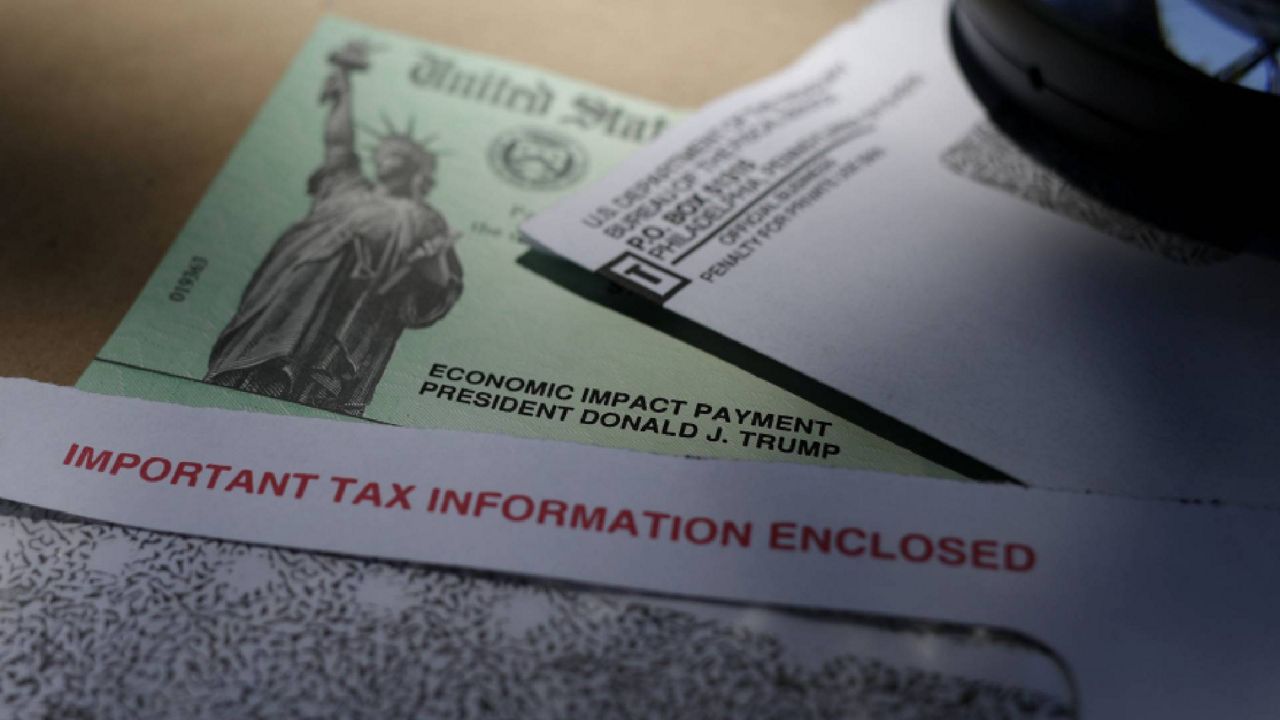The coronavirus relief package passed by Congress Monday night includes a new round of stimulus checks for American families. While they’re half the amount sent out in April, the first round gives some clues about when and how to expect your second check.
The $600 checks could start going out as soon as the president signs the relief deal into law, and they could begin hitting Americans’ bank accounts by early next week, Treasury Secretary Steven Mnuchin said Monday.
“The good news is this is a very, very fast way of getting money into the economy. Let me emphasize: People are going to see this money at the beginning of next week,” Mnuchin said in an interview with CNBC.
In the first round, the checks were approved as part of the relief bill signed in late March, but it still took about two weeks for Americans to see them in their bank accounts, with more people getting them about three weeks after. For those receiving a physical check by mail, it took longer.
Even if the first payments begin to show up next week, it's likely the rest will roll out gradually over the next days and weeks, like they did in the last round.
Still, the IRS worked out kinks in the distribution process the first time around, including a new application through which people can change or input their bank account information and also track their payment.
Individuals making $75,000 or less per year will receive the $600 payment, and a couple filing jointly and making $150,000 will receive $1,200. Families will also get $600 for each child or dependent under 18, meaning a qualified family of four could receive up to $2,400.
People earning up to $87,000 will still get a payment, but the amount will be gradually decreased by $5 for every $100 of additional income.
The payments are deposited or sent based on information in your 2019 tax returns (or 2018’s if you haven’t yet filed this year). If the bank account listed on those returns is no longer updated, the check will be mailed to the address listed on your tax returns. For those worried about a payment reaching them, the IRS also has a list of frequently asked questions to help clarify.
On Monday, Treasury Secretary Mnuchin said that most payments should go out within three weeks. In April’s round, the department sent out nearly 160 million payments, which accounts for most U.S. adults.



